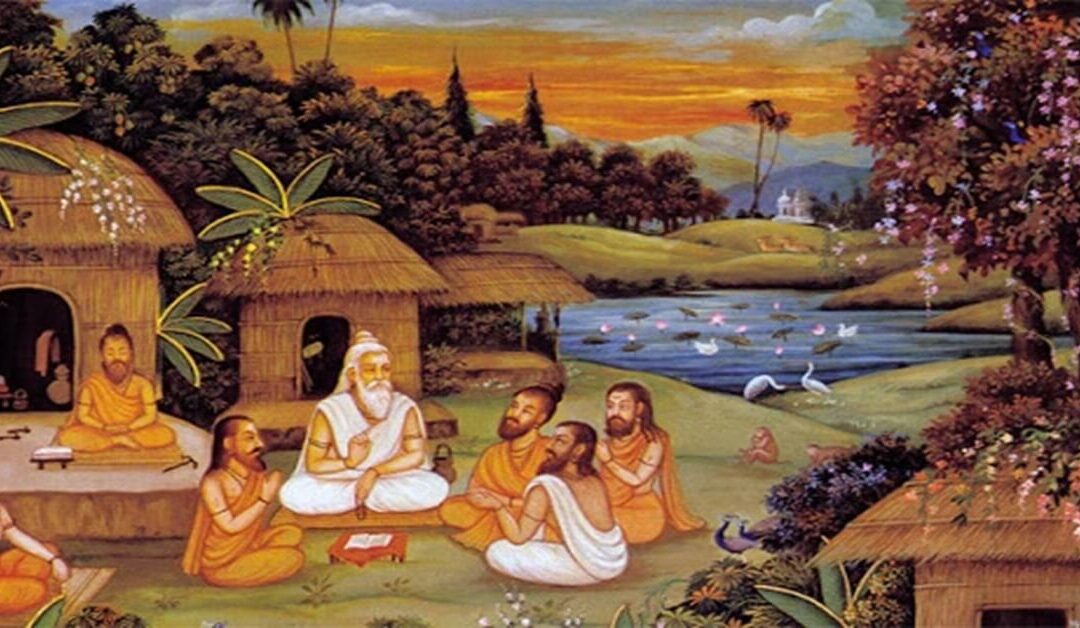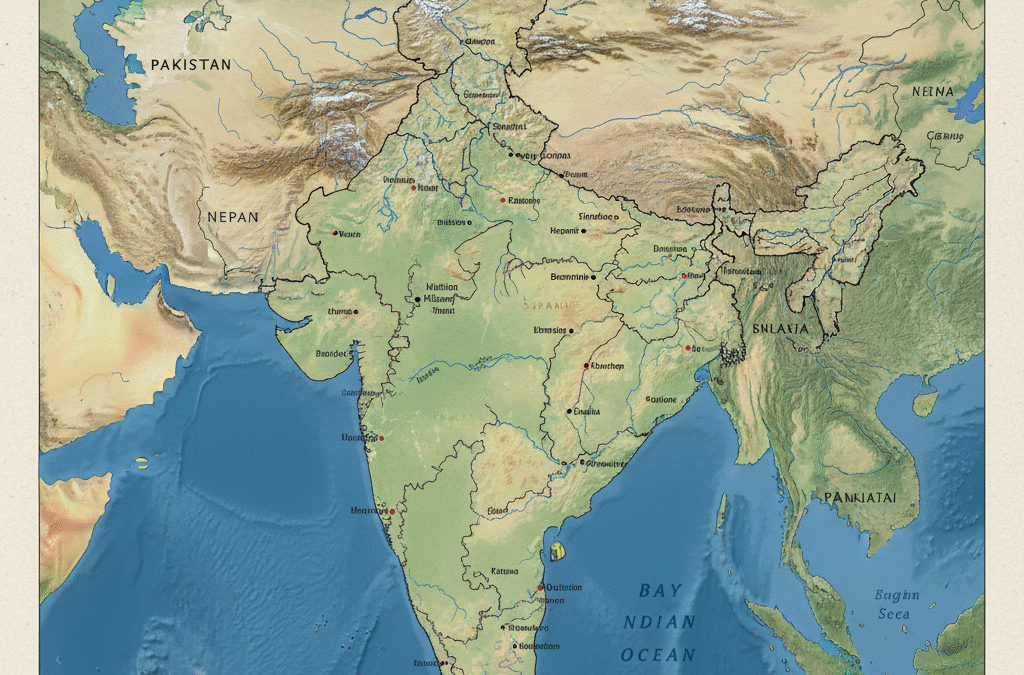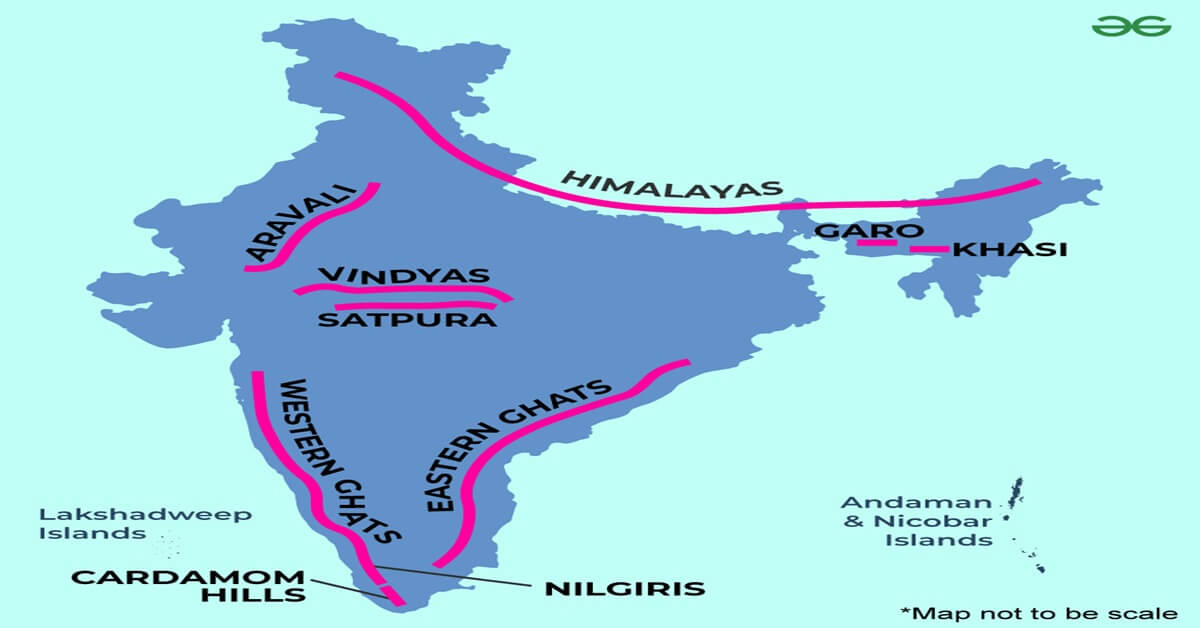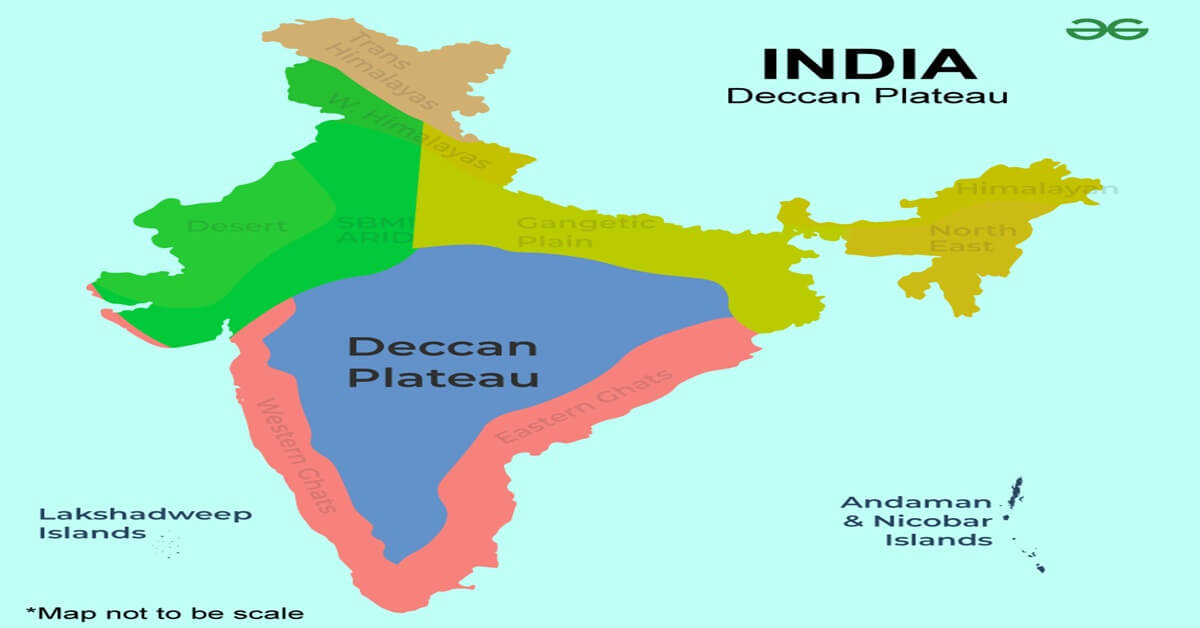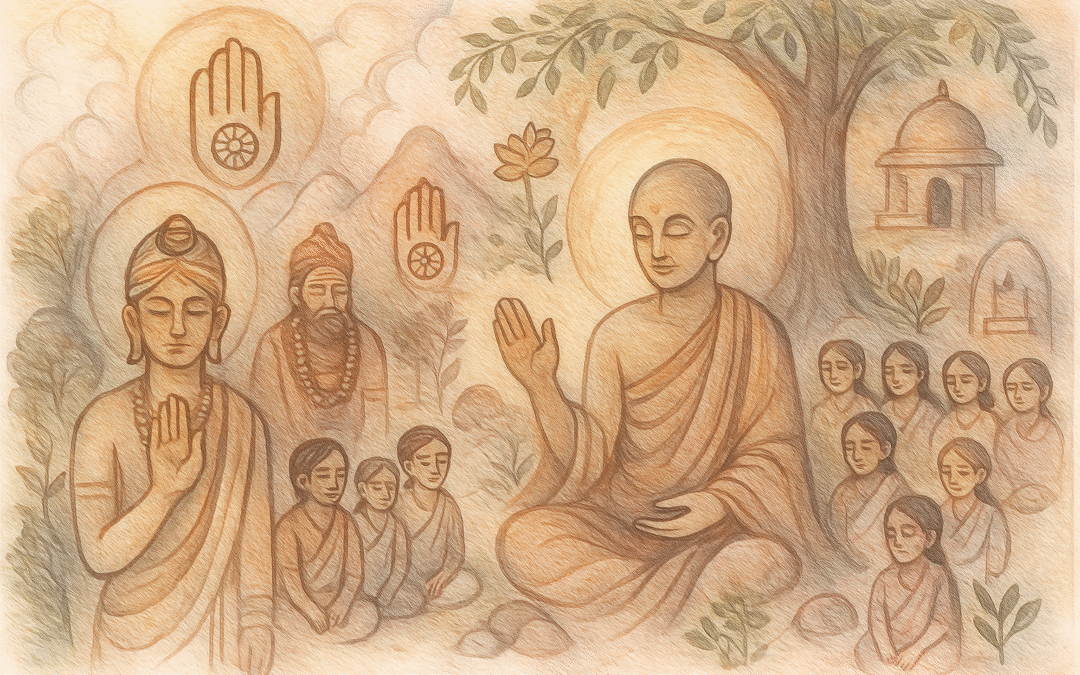
Factors that Led to the Rise of New Religions:
Introduction:
The 6th century BC is recognized as a “turning point” in human history. This century saw great changes in the political and religious spheres. The 6th century BC is a notable period in history.
The reason for this is:
1. The kingdom of Magadha prospered.
2. 16 Great Janapadas grew up on the political stage.
3. Foreign invasions of India.
4. In the 6th century BC, the influence of the Persians in the political and cultural spheres became stronger in North-West India.
5. Jainism and Buddhism flourished among the world’s major religions.
6. Cultural contact between India and Greco-Persian nations.
Emergence of New Religions: A Response to the Evolving Needs of Society:
Throughout history, the emergence of new religions has reflected the changing dynamics in societies. In ancient India, the decline of Vedic religion and the rise of new belief systems such as Jainism and Buddhism were attributed to various interrelated factors. By examining these factors, we can gain insight into why people sought alternatives to traditional beliefs and practices.
1. Predominance of Yaga Yagnas:
Towards the end of the Vedic age the Yagayagnas became more dominant. These austere sacrifices in Vedic religion were too much of a financial burden for the masses. The priests became powerful. The common people were determined to show their support to the new sect if it flourished instead of the Vedic sect of costly sacrifices.
2. Economic barriers to people's participation:
As the Vedic rites of passage expanded, they limited their access to the elite. For common people, these are forbidden. The cost associated with yajnacharas (sacrificial rituals) skyrocketed, making it impossible for common people to participate. This economic isolation created discontent, as the majority were excluded from communal and inclusive spiritual practices.
3. Role of Priests:
Vedic priests played an important role in perpetuating the complexity of rituals. He often imposed unnecessary rituals on the society. He enjoyed a life of luxury with devotion to the masses, which aroused resentment among the oppressed. The disconnect between the lavish lives of the priests and the struggles of the common people prompted a search for new spiritual paths that promised a more egalitarian approach to worship.
4. Rise of Superstitions:
Over time, superstitions began to take root within the Vedic religion, further distorting its original teachings. Instead of providing enlightenment and guidance, the religion plunged its followers into greater darkness. This growing confusion and disillusionment pushed people to seek clarity and meaning in new belief systems.
5. Complexity of Caste System:
Caste system was very complex in Vedic society. Brahmins held the highest position in the society, performing the duties of Vedanta and priesthood. Exempt from taxation, Kshatriyas had no such privileges. Thus new religions were founded by the disaffected Kshatriya classes.
6. Ethical concern over sacrifices:
The increasing emphasis on animal sacrifice in Vedic rituals posed an ethical dilemma for many practitioners, especially those committed to the principles of non-violence. This moral conflict made the followers of Ahimsa feel conflicted and ready to accept alternative religions in accordance with their values. Jainism and Buddhism, with their emphasis on compassion, offered a welcome refuge to those troubled by the violent aspects of Vedic rituals.
7. Animal Sacrifice:
Sacrificing innocent animals was a tradition in Vedic religion. Thus people were attracted towards the religion that preached non-violence. Thus there were many complementary factors for the rise of newism.
8. Use of common language:
Sanskrit language was used for preaching in Vedic sect. Sanskrit language was not the language of common people but was a tough language. Brahmin scholars had to be relied upon to interpret religious works. Around this time, the language of the common people was used, and its influence led to the rise of new religions.
9. Idea of Moksha Marga:
It became a difficult problem for the common people as to which path should be followed if a person wants to attain Moksha. Different paths arose called penance, knowledge path and karma path. It became ambiguous as to which of these various paths to depend upon would lead to liberation. The masses supported the establishment of new sects as the new religions contained simple and easy principles.
10. Upanishads:
The Upanishads inspired the rise of new sects. The Upanishads condemned the religious aspects of the Vedic sect and defined the path of knowledge as the best path to salvation.
11. Rise of New Sects:
New sects like Charvaka, Nastika, Parivrajaka arose in opposition to Vedic religion. This development also led to the rise of new religions.
Conclusion
The rise of new religions such as Jainism and Buddhism in ancient India can be understood as a natural response to the evolving needs of society. Disillusionment with the complexities and particularities of Vedic religion combined with a desire for egalitarianism, ethical practices, and accessible teachings gave way to these alternative spiritual paths. In search of clarity and inclusiveness, the masses turned to these new religions, which resonated with their aspirations for a more meaningful and equitable spiritual experience.

